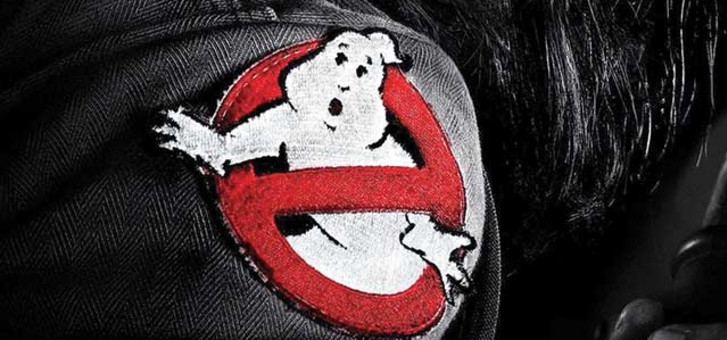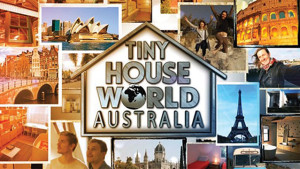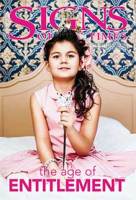Movies
Children of the eighties will likely be experiencing a severe case of nostalgia this month, with the release of a number of movies harking back to a time when Reebok Pumps, Fraggle Rock and Debbie Gibson were part of the everyday vernacular.

Sneaking in at the end of June is The BFG, Academy Award-winning director Steven Spielberg’s take of the Roald Dahl children’s classic about a young orphan girl, Sophie, and her friendship and adventures with a big friendly giant, simply called BFG. It’s not the first time The BFG has been made into a movie (there have been an animated television adaption, a stage play and a UK-produced animated film in the late eighties and early nineties), but this year’s version will be its big-budget Hollywood debut, with the promise of top-of-the-range special effects to depict the seven-metre-tall giants.

This month also sees two movie “reboots”—remakes of the originals. First up is the 1984 supernatural comedy film, Ghostbusters—this time with an all-female cast for a twist. Such was the commercial success of the film, about three eccentric parapsychologists who start a ghost-catching business in New York City, that it spawned a sequel, two animated television series and several video games. Last year, the United States Library of Congress even selected it for preservation in the National Film Registry, finding it “culturally, historically or aesthetically significant.”

Then there is Star Trek Beyond, the third entry in the rebooted Star Trek franchise, a cult science fiction enterprise first aired on television in 1966.

Finally, there is Alice Through the Looking Glass, the sequel to the 2010 film, Alice in Wonderland. Like Star Trek, the Alice series is not technically a product of the eighties. However, Lewis Carroll’s 1800s novels, Alice’s Adventures in Wonderland and the sequel, Through the Looking Glass, and What Alice Found There, on which the films are based, are timeless pieces that most children of the eighties would be familiar with—and perhaps even loved.
So why all these retelling and remaking of old novels and films? Have we reached creativity saturation such that we are now unable to come up with anything original and exciting? Has Hollywood become so afraid of failing, it’s decided to stick with the tried-and-true?
Or perhaps it has to do with the coming-of-age of their target audience, now possessing independence, disposable income and even children of their own, whom they would like to share “what Mummy and Daddy grew up with.”
The many stories—be they through books, television shows or movies—we came across during our childhood not only gave us welcomed escapism, whimsy and delight back then, but are often remembered fondly and with a touch of longing—a longing to return to a time when life was simpler and better. And while the general positive impressions remain, our tastes have changed over the years, which explains why we look to reboots with eager anticipation: it’s the same great story but done “better.”
No doubt this sense of excitement is further enhanced in those who are parents of young children, committed to giving their offspring a great childhood. And what better way to do so than with a story you know and loved?
Perhaps it’s also the reason why many adults, after a long hiatus from church, decide to start attending regularly again after they have children. These adults, their own childhood filled with warm memories of growing up in a faith-believing community, recognise the benefits of attending church and having a relationship with God, and are keen to give their own children the same experience.
The question left unanswered, however, is why the adults felt the need to leave the church in the first place. And the challenge for the church is to ensure the next generation don’t do the same.






